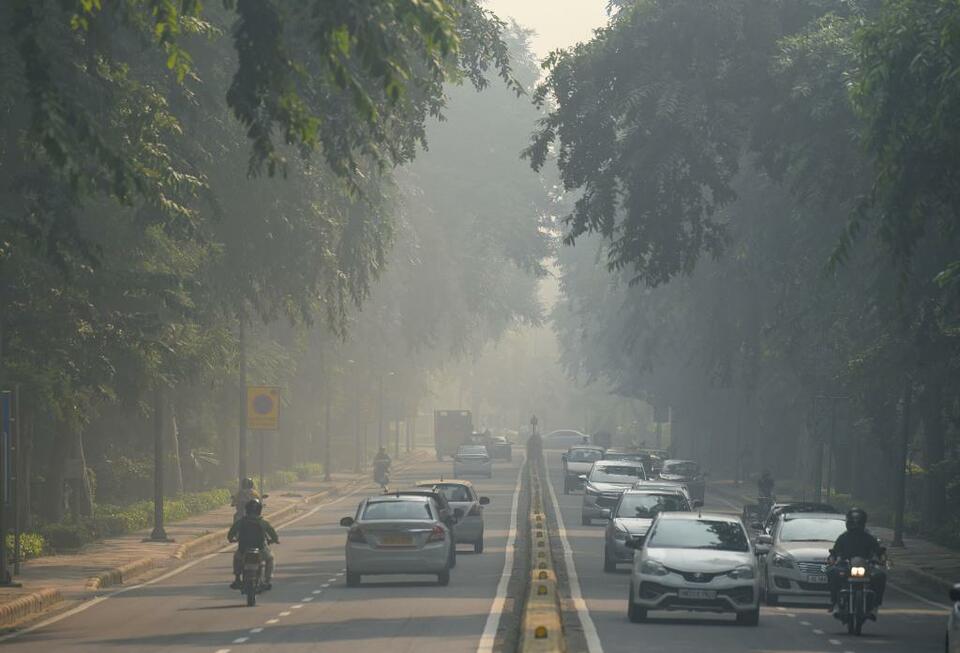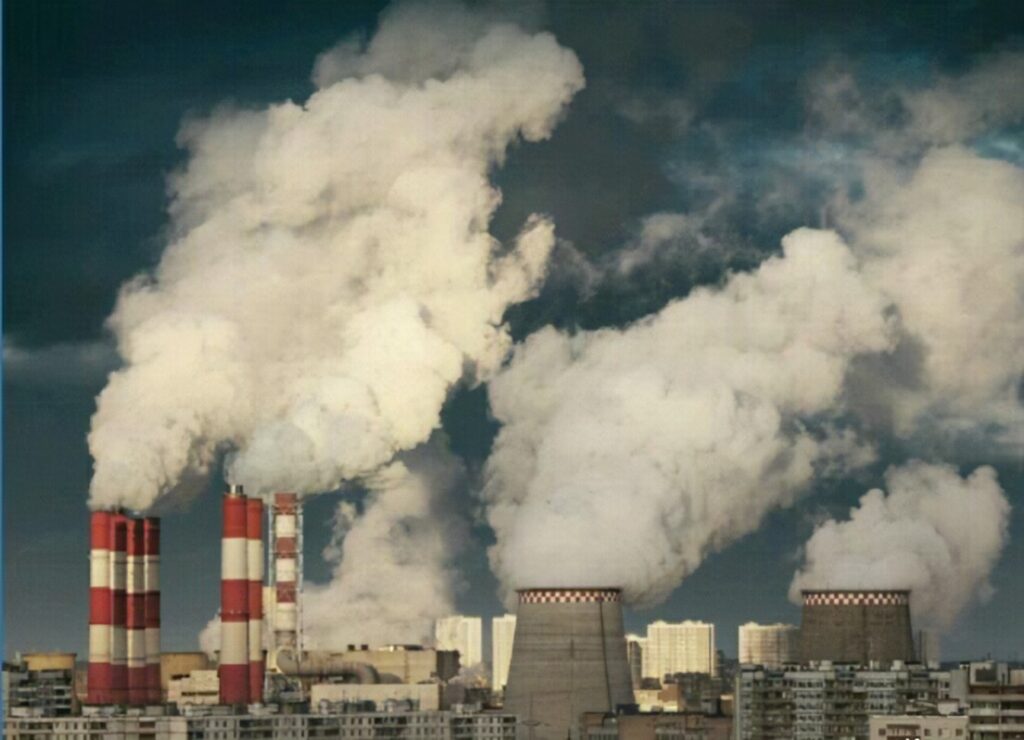From the perspective of industrial air pollution, how do ordinary people judge whether there is pollution? I believe that most people can learn the basic four-step observation “smell, see, touch, search”, regardless of the order between them. Next, let me analyze them one by one:
The first is to smell:
If the smell produced by a nearby factory always makes us feel uncomfortable, then we need to find out the source of the pollution and judge that there may be problems in the waste gas treatment link of the factory;
The second is to look at:
First of all, if it is white smoke, it is necessary to judge whether it is water vapor or flue gas in the production process;
I have encountered a situation where many people mistake the water vapor coming out of the cooling tower for a chimney. Although some factories add a small number of chemicals to treat water in order to prevent the growth of algae or other organisms in the cooling tower, the smoke emitted from the cooling tower Mainly will be water.
The white smoke column from the normal chimney is the trace pollutants that still exist after water vapor plus environmental protection treatment. If the concentration of the smoke column is not too high, it is difficult for the naked eye to detect some pollutants exceeding the standard.
In addition to white smoke, other colorful smoke generally has problems:

As shown in the figure above, the yellow smoke produced by the coking industry contains a lot of harmful substances, among which phenylpropionate pyrene is a strong carcinogen.
Because of the small size of the yellow smoke, the dust entrained in the yellow smoke will spread with the wind and affect the residents farther away. This can explain why you are obviously not close to this factory, but it still has something to do with you.
In addition, cement plants and lime plants mainly produce ash smoke, and blue smoke appears in the non-ferrous metal industry.

The above-mentioned smoke color judged by the naked eye should avoid backlighting. If it is facing the sun, the smoke seen by the naked eye will be gray or yellow. Therefore, if the backlight is taken to reflect the environmental protection department, the staff will ask for another copy on the grounds that the backlight cannot accurately determine the color of the smoke. “Evidence of pollution” photographed by light.
The third is to touch:
Finding the smoke (dust) that landed in the living and production areas means that it has been directly affected by nearby industrial waste gas pollution.
Long-term exposure to smoke and dust can easily reduce human immunity and cause respiratory diseases. Therefore, in order to protect human health, timely protection and actions should be taken to stop the environmental damage.
The fourth is to search:
In the exhaust gas source map, we see that the red icon near our location means that the factory has excessive air pollutants. These excessive data come from the official websites of the environmental protection departments of various provinces and cities, so they can be used as a reference.

After finding a nearby company that exceeds the standard, click in to open the homepage, click on the upper right corner to share to Sina Weibo and Moments, etc., and you will see a prepared text “Request this company to explain the over-standard situation”. At this time Just send it directly (see the video for operation demonstration).
Therefore, in addition to individuals reporting directly to the environmental protection department, they can also participate in environmental protection supervision through the power of the Internet.
The above mainly introduces the source of air pollution and the four basic observations for judging the possibility of industrial air pollution: through the “smell smell”, “factory smoke emission color”, and “whether there is smoke (powder) nearby.” “Dustfall” and “by searching for excessive data from nearby companies” to determine factory pollution.